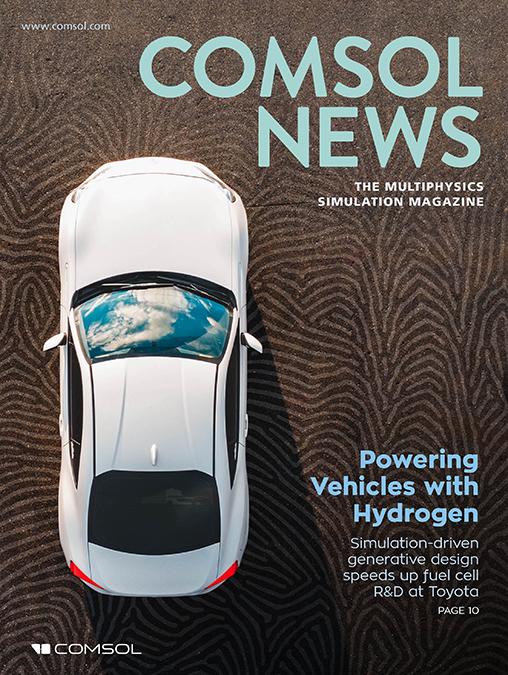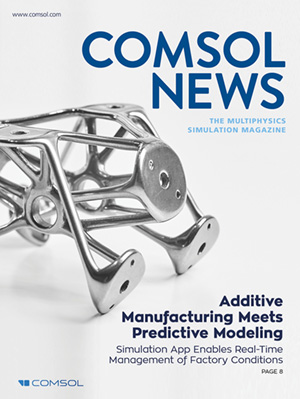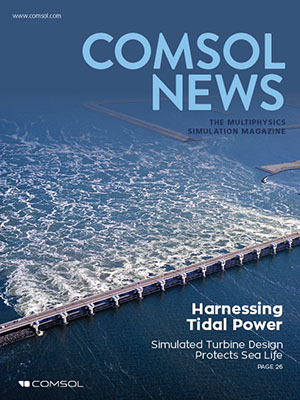The latest stories from COMSOL users are available in COMSOL News and Multiphysics Simulation.
NASA combines thermal modeling and experimental testing to find the best compressor design for the system that keeps the air breathable at the International Space Station. Read More
Semiconductor manufacturing and particle physics research depend on high-vacuum or ultra-high-vacuum (HV/UHV) conditions. To help develop a better ionization gauge for measuring pressure in HV/UHV environments, INFICON of Liechtenstein used multiphysics modeling to refine their design. Read More
Decaying seashells can release calcium carbonates, which help neutralize carbon dioxide in seawater. But ocean acidification threatens the shell formation process. Olivier Sulpis of Utrecht University has developed a novel reactive-transport model of deep-sea galvanization processes. Read More
The Northeast Greenland Ice Stream’s discharge of ice into the ocean has been accelerating. To help forecast future discharge, researchers at the Alfred Wegener Institute have developed an improved viscoelastic model to capture forces that contribute to glacial flow. Read More
To design three-phase inverters and DC link capacitors, two integral components of electric vehicle drivetrains, Bosch turned to thermal and EM simulation. Compared to previous designs, the optimized inverters have a 6% greater range and 200% jump in power density. Read More
As India moves toward a reduced dependence on fossil fuels, researchers at Raychem RPG used multiphysics simulation to optimize various designs for domestic gas meters in urban homes throughout the country. Read More
Allergan Aesthetics is using heat transfer and electromagnetics simulation to enhance CoolSculpting® and CoolTone®, separate noninvasive medical aesthetic procedures designed to eliminate targeted subcutaneous fat and strengthen muscles, respectively. Read More
thermofin GmbH, a leading manufacturer of heat exchangers, ensures that their devices are optimized for a variety of client needs using multiphysics simulation. Read More
Aluminum is extracted through the Hall–Héroult process, during which it is removed from bauxite using green anodes. A PhD student at Delft University of Technology, in collaboration with Aluchemie, is studying the design of the anode baking process using numerical simulation. Read More
Fenestration systems can greatly impact the energy efficiency of buildings. Eurac Research is using simulation to accurately assess heat flow through a complex fenestration system in order to design more energy-efficient and comfortable buildings. Read More













